We all know Australia and New Zealand for their kangaroos, koalas and kiwis, but seldom do we associate it with the incredible natural phenomenon known as the Aurora australis (Southern Lights) – often overshadowed by its more popular sister, the Aurora borealis (Northern Lights).
In actual fact, with their relative accessibility and affordability compared to Aurora hotspots in the north, those in the land down under are becoming a much more viable option for travellers. Here are our recommendations for the best places and times to view the Southern Lights in Australia and New Zealand!
1. Stewart Island, New Zealand
When: March to September
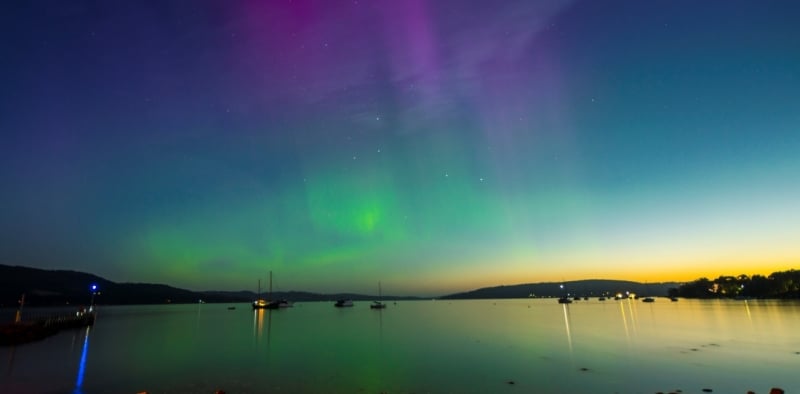
Southern Lights over New Zealand | Image credit: Changi Airport
New Zealand’s southernmost third island is often forgotten, but it is indeed beautiful! However, the weather here can be unpredictable, which could hinder your viewing session – a cloudy sky will, unfortunately, obscure the lights. It’s best to check long-range weather forecasts beforehand and stay a few nights at a backpacker’s hostel in order to maximise your chances.
2. Lake Tekapo, New Zealand
When: All through the year (ideally July to September)
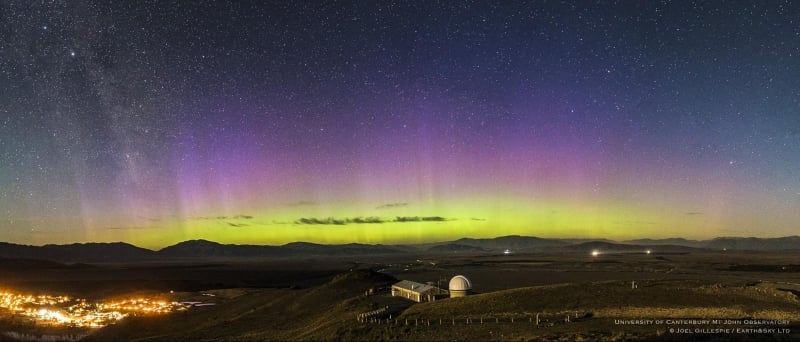
View from Mt John Observatory, Tekapo | Image credit: Joel Gillespie, Earth & Sky
Lake Tekapo is part of the International Dark Sky Reserve, which means that it is internationally recognised as having some of the darkest skies in the world – i.e., it’s a great place to view the Aurora! Aoraki Mt. Cook National Park is a popular spot. Or you can hike to an observatory up in the mountains, such as Mt. John Observatory, for a truly magical night.
Posing as a popular tourist destination, Lake Tekapo is home to a dazzling array of accommodations from resorts to cottages. Fun fact: Lake Tekapo is also famous for having the world’s cleanest air, so take a deep breath and jump right into an unforgettable trip!
3. The Catlins, New Zealand
When: March to September
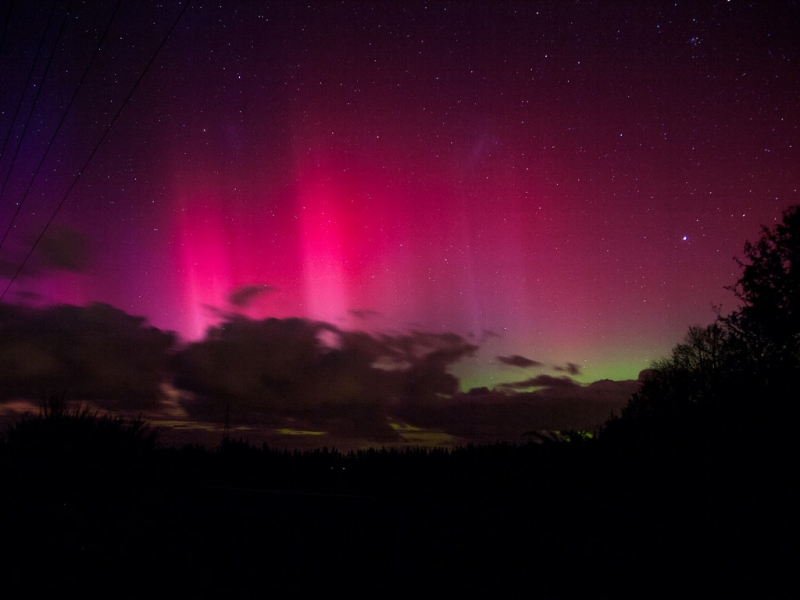
Image credit: Backpacker Guide.NZ
This is a good choice if you don’t want to travel off New Zealand’s main islands. The Catlins are on the southernmost tip of South Island. The animals and the gorgeous landscapes mean that you’ll have a pleasant time touring the area even during daylight hours! Then, on a clear night, far away from the polluting light of the city, you might just see stunning green and pink streaks across the sky.
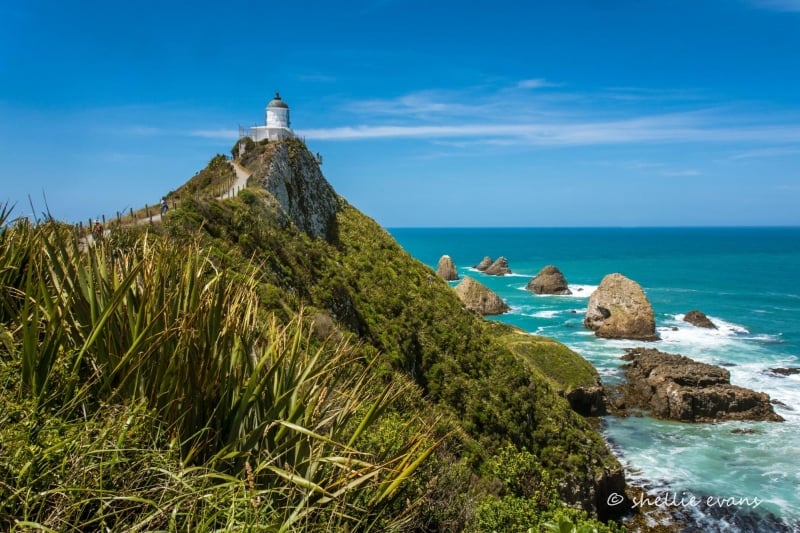
Nugget Point, the Catlins | Image credit: Shellie Evans
The Catlins are most popular as a campsite, but there are many lodges and motels as well if you’d like a cosy place to rest after a night of Aurora-chasing.
4. Dunedin, New Zealand
When: March to September
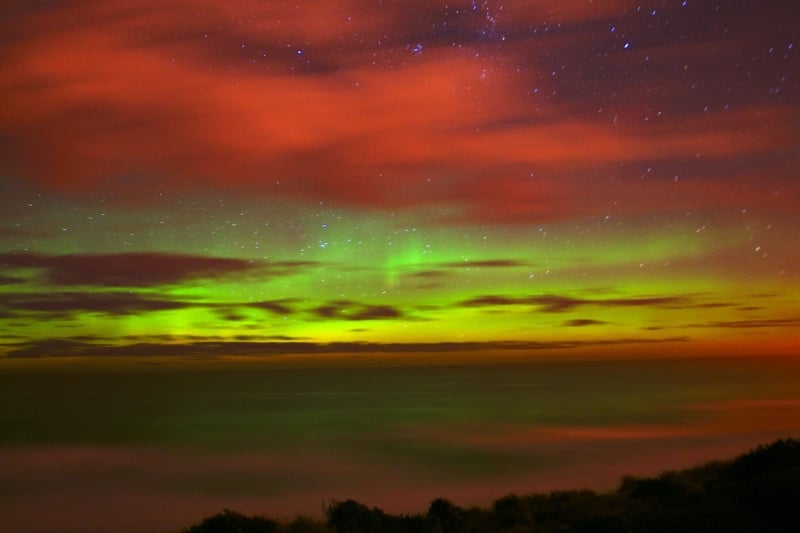
Aurora over Dunedin | Image credit: Stephen Murphy
Ardent Aurora-watchers warn that spotting the Southern Lights here is difficult, but residents have reported “surprisingly frequent” sightings right in their hometown! For the best views, set up watch at the windswept Otago Peninsula – the historic lighthouse at Taiaroa Head is a great feature to include in your photos. While you’re at it, take a look at New Zealand’s only castle, Larnach Castle!
Alternatively, go to the Beverley-Begg Observatory in Robin Hood Park, which the Dunedin Astronomical Society opens to the public for NZD$5 from 7.30pm onwards on Sundays between March and September.
5. Mount Wellington, Tasmania, Australia
When: March to September (ideally July onwards)
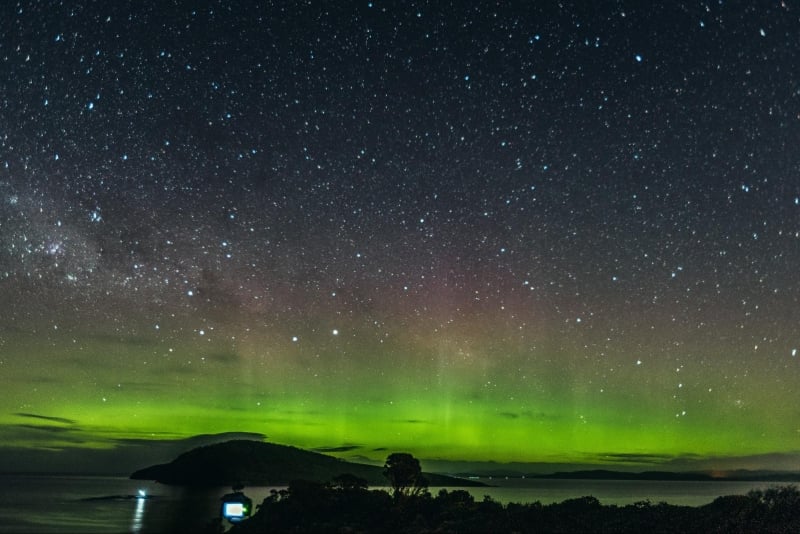
Southern Lights over Tasmania | Image credit: Affandy J
Tasmania is famed for its rugged, picturesque lakes, mountains, and beaches, but its skies are lesser known – so you may be pleasantly surprised to find out that this dark horse is a prime spot for stargazing and Aurora-spotting too!
The picturesque Mount Wellington right outside Tasmania’s capital, Hobart, offers unobstructed views and is thus frequented by those in the know. There are no hotels atop the 1200m tall mountain, but it’s not a difficult drive from Hobart, where accommodation is readily available.
6. South Arm Peninsula, Tasmania, Australia
When: March to September (ideally July onwards)
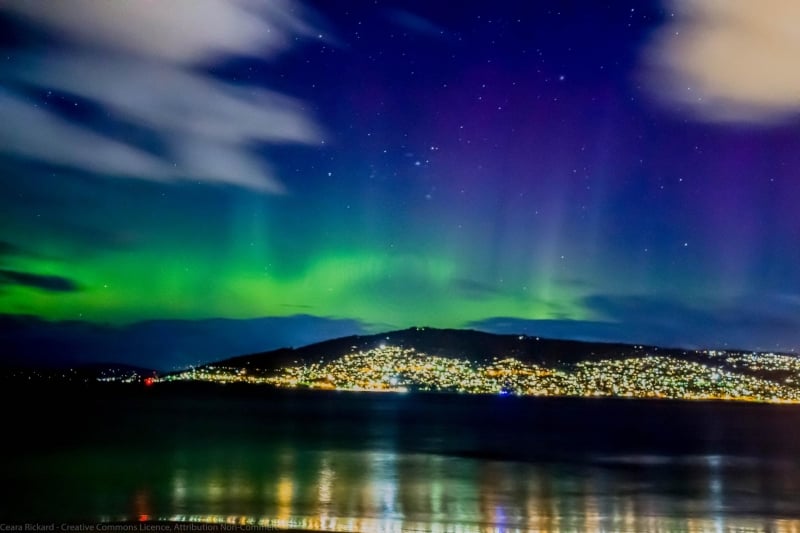
Southern Lights over city lights of Hobart, Tasmania | Image credit: CearaCecilyRose
This oft-forgotten gem of Tasmania is a 40-minute drive from Hobart, and the journey is packed with expansive coastal views! South Arm Peninsula’s calm, shallow bays provide perfect reflections of the Aurora that will make it look twice as impressive. Crashing waves at the beaches on the southern shores provide a nice foreground as well!
7. Cradle Mountain-Lake St. Clair National Park, Tasmania
When: March to September (ideally July onwards)
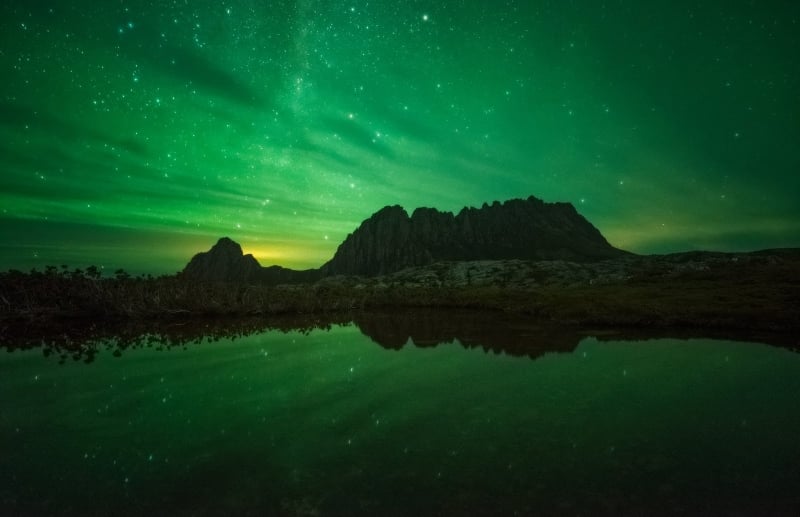
View of Aurora from Cradle Mountain | Image credit: Aaron Jones Photography
This astoundingly beautiful national park, home to diverse vegetation and wildlife, is located in the Central Highlands region of Tasmania and is part of the Tasmanian Wilderness World Heritage Area. Its world-famous Overland Track hiking trail has a number of mountain peaks ranging from 1200-1500m above sea level, which you can conquer for the best Aurora views away from artificial city light! You can also book a wilderness retreat on Cradle Mountain for a tranquil time.
8. Victoria, Australia
When: March to September (ideally July onwards)
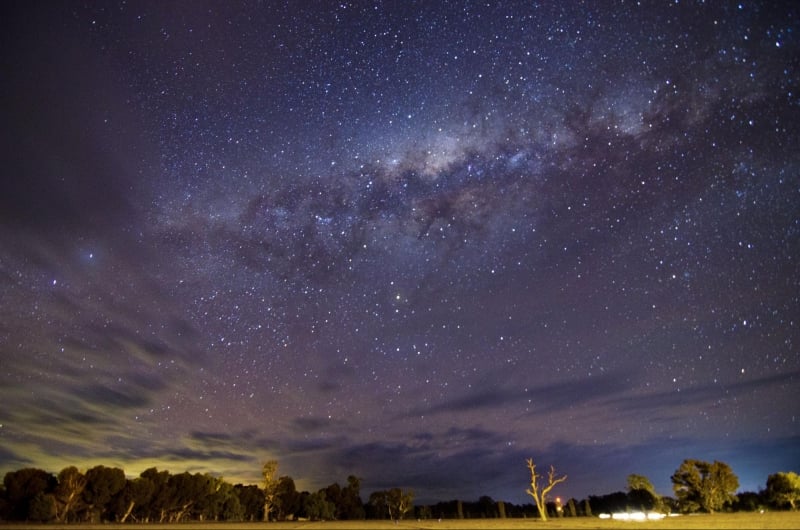
View of the Milky Way from Victoria | Image credit: Indigo Skies Photography
Believe it or not, you can actually catch the Southern Lights along Victoria’s coastline, near idyllic seaside towns like Apollo Bay along the Great Ocean Road, and just a 2.5-hour drive from Melbourne! Though your chances are lower here than if you go further south, this is by far the most accessible places to view the Aurora. With over 1200 miles of coastline, there are plenty of spots to watch the sky over Bass Strait (which separates Tasmania from the mainland) morph into a myriad of bright hues.
If you don’t strike it lucky, you’ll still get some awe-inspiring pictures of the glorious Milky Way! What are you waiting for? Seeking the Southern Lights is sure to be the adventure of a lifetime!




